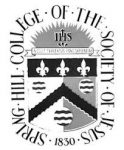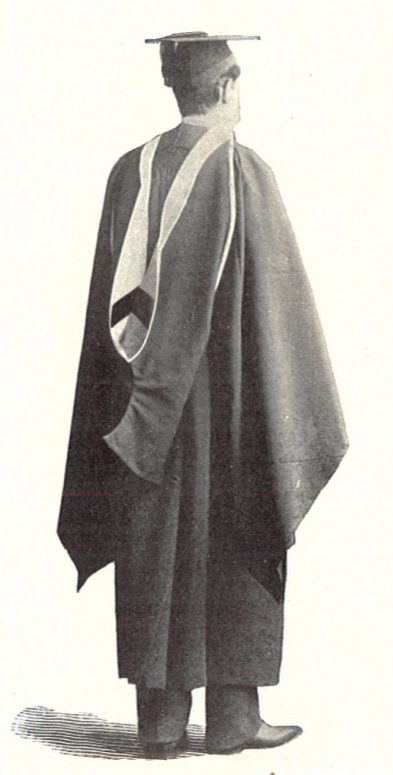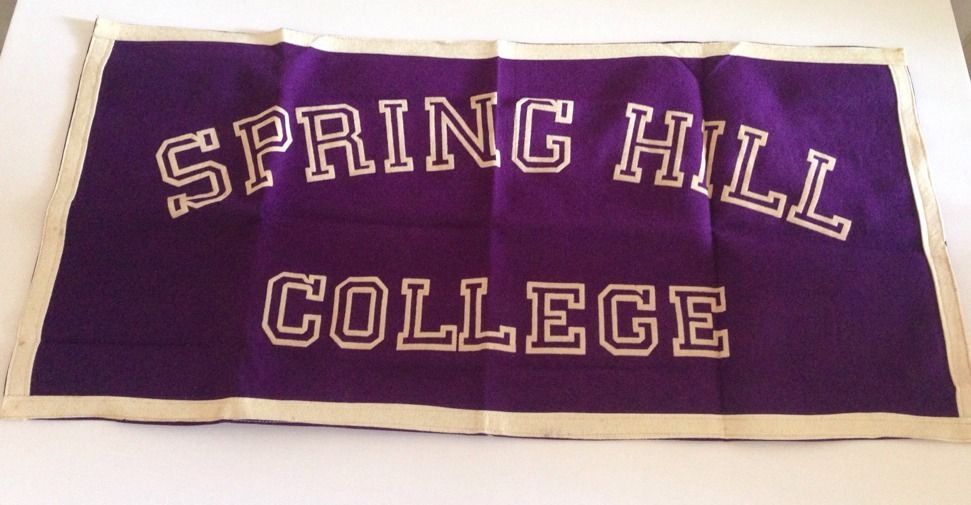Spring Hill College
Alabama
1830




Red and blue were the original colors of Spring Hill College. But because the students admired the beauty of the wisterias and azaleas on campus, in 1847 they replaced red and blue with “deep violet” and white. The new colors were dark purple (like a royal purple) and white, but they were often described more simply as “purple” and white.


Citations in the World Almanac (listed by cover date; color information is from the previous year): purple/white (1914-1935)
Academic hood lists published by the Intercollegiate Bureau of Academic Costume (IBAC) in 1927, 1948, and 1972 described Spring Hill College as having a hood lined “white above purple”, which typically described a pattern with the two colors horizontally divided per chevron, per reversed chevron, or per bar. It is not known which color division the Bureau intended the college to use in its hoods. The IBAC also tended to describe both medium and dark shades of purple as “purple”, so the lower half of the college’s original hood lining was most probably dark (or “royal”) purple to match Spring Hill’s “deep violet”.
A list compiled by Kevin Sheard in Academic Heraldry in America (1962) accurately described the shade of the college’s purple as “deep violet” but erroneously stated that the lining was deep violet with a white chevron. This would have been confusingly similar to the hood lining the IBAC had already assigned Mount Union College in Ohio (royal purple with a white chevron).
Here the heraldic pattern the Intercollegiate Bureau initially used for Spring Hill’s hood lining has been redesigned to resemble the college’s coat of arms, which is a white and gold shield, divided per pale, heraldically defaced with an inverted dark purple chevron. The white and gold symbolize the arts and sciences, colors taken from the Intercollegiate Bureau of Academic Costume faculty color system.